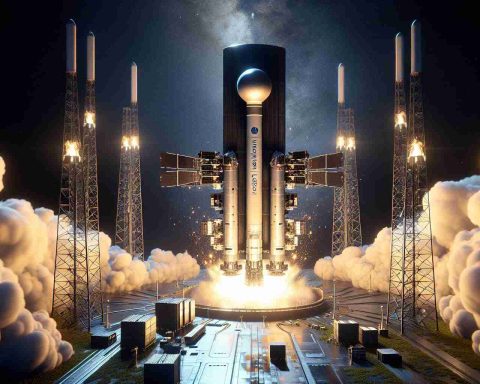- India plans its first space docking mission in 2024, led by ISRO.
- Space docking involves linking two spacecraft for assembling structures, repairs, and extended human presence.
- Mastery of docking technology is limited to a few space-faring nations.
- ISRO focuses on indigenous technology, emphasizing robotics and autonomous systems.
- The mission could lead to international collaborations and commercial opportunities.
- Success enhances India’s position in global space exploration and its ability to conduct manned space missions.
India is set to embark on a groundbreaking space mission that could redefine its position in the global space arena. In 2024, the Indian Space Research Organisation (ISRO) plans to conduct its first-ever space docking mission, a crucial technology for future space endeavors, including assembling space telescopes, constructing habitats, and enabling satellite repair.
Understanding Space Docking
Space docking involves linking two spacecraft in orbit, a technology mastered by a few space-faring nations. It’s pivotal for missions that require modular assembly or in-orbit repairs. This capability allows for constructing larger structures in space, facilitating human presence beyond Earth, and even enabling deep space missions.
Advancements in Indian Space Technology
ISRO’s commitment to developing indigenous technologies has been instrumental in its rapid progress over the past decade. The docking project emphasizes sophisticated robotics, precise navigation, and autonomous control systems. Successfully achieving docking technology will mark a significant advancement in India’s technical capabilities, opening doors for collaborative international missions and commercial opportunities.
The Future Implications
As India steps into the realm of space docking, the nation is poised to contribute significantly to global space exploration. This technology not only accelerates ISRO’s vision for a manned space mission but also aligns with international efforts to establish a sustainable presence in space. Successfully conducting a space docking mission will place India at the forefront of the new space race, enhancing its role as a key player in the development of futuristic space technologies.
India’s Space Revolution: Game-Changing Docking Mission Set for 2024
Pros and Cons of India’s Space Docking Mission
Pros:
– Technological Advancements: The mission bolsters India’s technological prowess in space, equipping ISRO with capabilities for future complex operations.
– International Collaborations: Successful docking may lead to partnerships with other space agencies, providing opportunities for joint missions and sharing of resources.
– Economic Growth: Becoming proficient in docking technology can open up commercial opportunities in satellite servicing and space construction.
Cons:
– High Costs: Developing, testing, and executing space docking missions demand substantial financial investments, which may strain the budget.
– Risks and Challenges: Space docking involves intricate maneuvers and untested technologies that pose significant risks.
– Resource Allocation: Focusing on space docking might divert resources from other critical areas within ISRO’s broad range of activities.
Market Forecasts for Indian Space Technology
According to industry analysts, India’s entry into space docking could potentially boost its space technology market exponentially. The sector may see a compound annual growth rate (CAGR) of approximately 20% over the next decade, driven by increased demand for satellite technology, international collaborations, and the establishment of space infrastructure.
Security Aspects in Space Docking
Security is critical in space docking missions. Advanced cybersecurity measures will be imperative to safeguard against potential threats, including cyber-attacks and electronic warfare, ensuring that the mission is not compromised.
Key Questions and Answers
1. Why is the space docking mission significant for India?
The space docking mission is significant as it marks India’s venture into a sophisticated area of space technology, essential for future missions involving complex assembly and repair tasks in orbit. Mastering this technology is a step toward establishing a sustainable human presence in space and participating in international collaborations.
2. What challenges does ISRO face with this mission?
ISRO faces challenges such as developing and testing autonomous control systems, ensuring precise navigation in space, and the financial investments required for the mission. Handling potential risks during the docking process is also a significant challenge.
3. How could successful docking impact India’s role in global space exploration?
A successful docking mission could significantly enhance India’s reputation in the global space community. It would demonstrate ISRO’s capability to handle complex operations, potentially leading to more international partnerships and positioning India as a leader in innovative space technologies.
Suggested Related Links
– ISRO
– Nasa
– European Space Agency

















